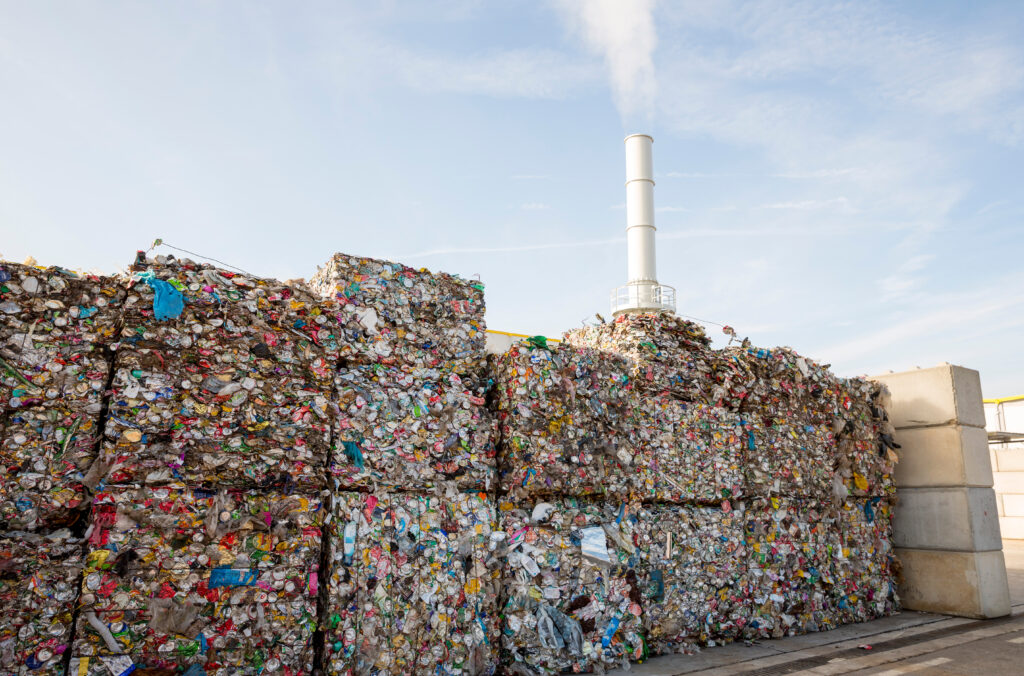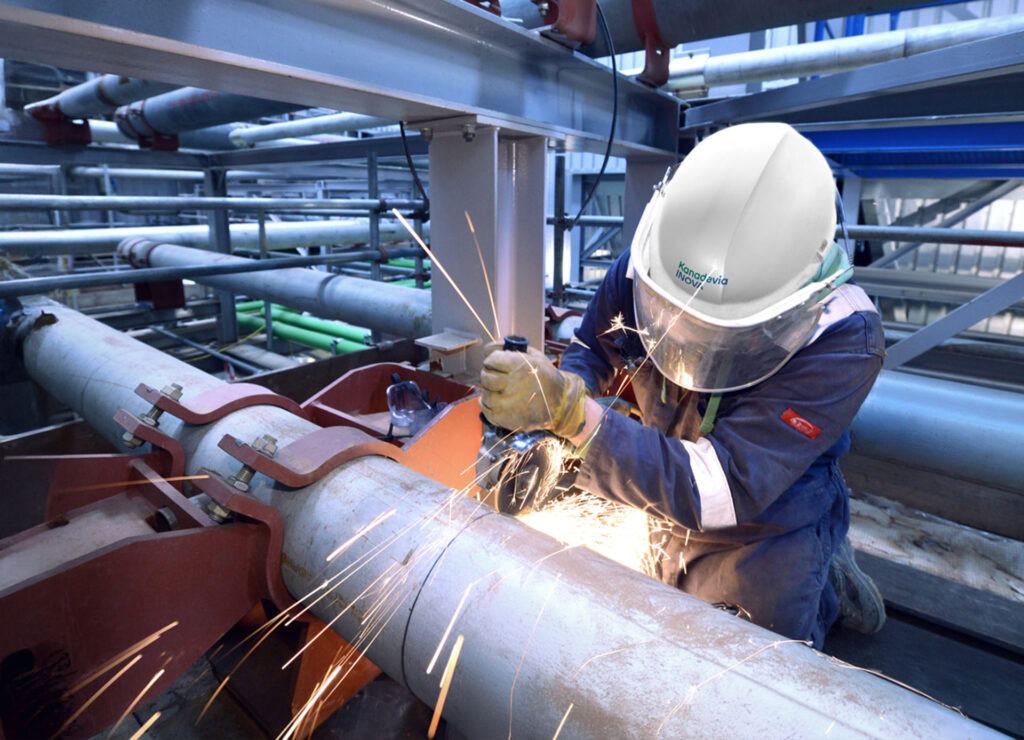The report from ToxicoWatch Foundation and Zero Waste Europe found “alarming” levels of dioxins, PFAS and heavy metals surrounding facilities in Zubieta, Paris and Harlingen.
The heavy metals included lead, mercury and arsenic.
Abel Arkenbout, head of research at ToxicoWatch, said: “This is a textbook case of toxic accumulation in the environment and food chain.”
The contamination was found in soil, water, vegetation and farmed foods from the surrounding area.
The study said that particularly the levels of dioxin in moss, soil and eggs exceeded EU limits at all three sites.
Zero Waste Europe said that it was particularly concerned for the site in Paris which neighbours a school playground located in the Ivry-sur-Seine district.
Response from Environmental Services Association
Executive director of the Environment Services Association (ESA) Jacob Hayler said: “Energy recovery facilities play a vital role in our society and have been subject to rigorous scientific and regulatory scrutiny over decades of operation – with strict emissions limits imposed and constant monitoring in place to ensure adherence.

“This is not the first piece of research, without peer review, from anti-incineration campaign groups which has implied a causal link between environmental pollutants and these important facilities, but if it is the case that higher levels of pollutants are being released than are permitted in the instances covered by the report, then this should be investigated fully by the regulatory authorities and substantiated.
“As an industry, we remain confident that recovering energy in well-run EfW facilities continues to be the safest way to treat society’s residual waste.”
Call for action
Zero Waste Europe has called on EU institutions and national governments to “urgently” take action.
The organisation is calling for the mandatory, real-time monitoring of persistent organic pollutant (POP) emissions from all EfW facilities.
It added that this is particularly necessary during non-standard operations (OTNOC), which “remain underregulated and are frequently the source of emissions spikes”.
Janek Vahk, zero pollution manager at Zero Waste Europe, said: “These findings amount to a systemic failure of environmental oversight.
“Communities living near incinerators are being exposed to toxic chemicals, in some cases at levels far beyond what the law permits. This should raise immediate red flags across the EU.”
Paris, France
In Paris, soil and moss samples taken near schools and public spaces in Ivry-sur-Seine showed dioxin levels above EU safety thresholds.

The Jardin des Plantes — a central Parisian park located 2.5 km from the incinerator — was found to be contaminated.
France’s national health agency has said that backyard chicken eggs in the region are too polluted to consume, due to dioxins and PFAS.
Harlingen, The Netherlands
PFAS concentrations in water were recorded at 138 times the Dutch legal drinking water threshold in Harlingen.
The PFAS levels in eggs were found to be comparable to those found near a major fluorochemical plant – despite no such industry operating nearby.
Heavy metals such as mercury and lead were detected in mosses at levels that Zero Waste Europe said exceeds thresholds associated with significant health risks.
Zubieta, Basque Country, Spain
At the Zubieta facility, a backyard egg sample from Hernani showed the highest dioxin levels found by the ToxicoWatch Foundation in Europe over the past 13 years. It was also 10 times over the EU legal limit.
Moss samples show dioxin concentrations up to 300 times higher than baseline levels measured before the incinerator began operating in 2020. PFAS and heavy metals were also found in water, moss, and soil.










Subscribe for free